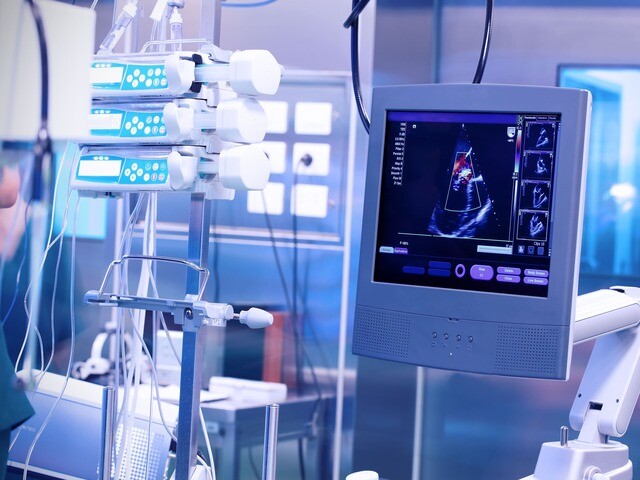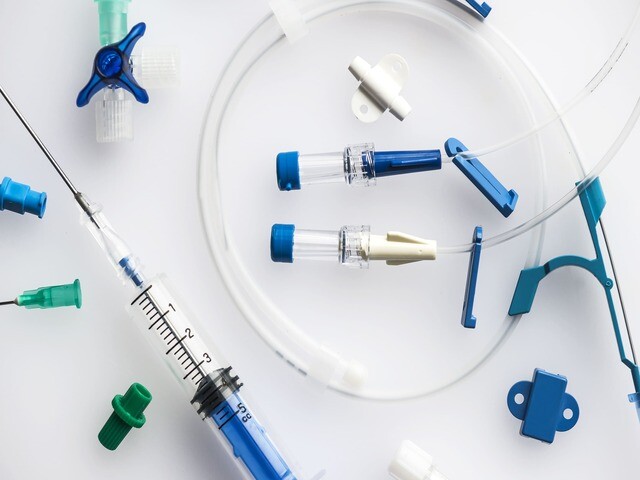
Control in Medical Supply Manufacturing
In the realm of medical supply manufacturing, quality control stands as the cornerstone of safety, efficacy, and trust. From life-saving equipment to critical pharmaceuticals, every aspect of the medical supply chain demands meticulous attention to detail. Quality control protocols serve as the guardians of public health, ensuring that products meet rigorous standards before reaching the hands of healthcare providers and patients alike. In this article, we delve into the significance of quality control in medical supply manufacturing, exploring its crucial role in upholding industry standards and safeguarding human lives.
Understanding Quality Control in Medical Supply Manufacturing
Quality control encompasses a series of processes designed to maintain consistency and reliability in manufactured products. Within the realm of medical supplies, these processes are paramount due to the potential life-or-death implications of faulty or substandard products. From raw material sourcing to final packaging, every stage of production undergoes rigorous scrutiny to ensure adherence to regulatory requirements and industry best practices.
Ensuring Regulatory Compliance
One of the primary objectives of quality control in medical supply manufacturing is to ensure compliance with stringent regulatory standards. Regulatory bodies such as the Food and Drug Administration (FDA) in the United States and the European Medicines Agency (EMA) in Europe set forth guidelines governing the production, testing, and distribution of medical supplies. Failure to meet these standards can result in severe consequences, including product recalls, legal liabilities, and damage to brand reputation. Quality control measures serve as a proactive defense against such risks, facilitating adherence to regulatory requirements and minimizing the likelihood of non-compliance issues.
Upholding Product Integrity
Maintaining the integrity of medical supplies is essential for preserving their efficacy and safety. Quality control protocols encompass various tests and inspections aimed at identifying defects, contaminants, or deviations from specifications. Whether it’s ensuring the accuracy of dosage in pharmaceutical formulations or verifying the structural integrity of medical devices, meticulous attention to detail is paramount. By detecting and rectifying potential flaws early in the manufacturing process, quality control measures help prevent defective products from reaching the market and posing risks to patients’ health.
Mitigating Risks and Enhancing Patient Safety
Quality control serves as a critical component of risk management within the medical supply chain. By identifying potential hazards and implementing preventive measures, manufacturers can mitigate risks associated with product defects, contamination, or improper labeling. In doing so, they contribute to enhancing patient safety and minimizing adverse events resulting from the use of substandard or defective medical supplies. From sterile surgical instruments to precision-engineered implants, the reliability of medical products hinges on the robustness of quality control practices employed throughout the manufacturing process.

Implementing Effective Quality Control Measures
The effectiveness of quality control in medical supply manufacturing depends on the adoption of comprehensive and integrated systems. Key components of successful quality control programs include:
- Stringent Testing Protocols: From chemical analysis to mechanical testing, rigorous testing protocols help assess the quality and performance of medical supplies across various parameters.
- Documentation and Traceability: Maintaining detailed records of production processes, testing results, and quality assurance activities is essential for traceability and accountability. Documentation enables manufacturers to track each product’s journey from inception to distribution, facilitating prompt recall or corrective action if necessary.
- Employee Training and Engagement: Quality control is not merely a procedural requirement but a mindset ingrained within the organizational culture. Providing ongoing training and fostering a culture of quality awareness among employees are crucial for ensuring compliance and continuous improvement.
- Investment in Technology: Leveraging advanced technologies such as automation, robotics, and data analytics can enhance the efficiency and accuracy of quality control processes. Real-time monitoring and predictive analytics enable early detection of anomalies, enabling proactive interventions to maintain product quality.
Conclusion
Quality control is indispensable in the realm of medical supply manufacturing, where the stakes are high, and the margin for error is minimal. By upholding regulatory standards, preserving product integrity, and mitigating risks, quality control measures play a pivotal role in safeguarding public health and instilling confidence in medical products. Visit BBN Times where you will find lots of great information and practical advice about medical supplies.
As advancements in technology and regulatory oversight continue to shape the landscape of medical supply manufacturing, prioritizing quality control remains paramount. By embracing a proactive approach to quality assurance, manufacturers can ensure that the products they deliver uphold the highest standards of safety, efficacy, and reliability.
